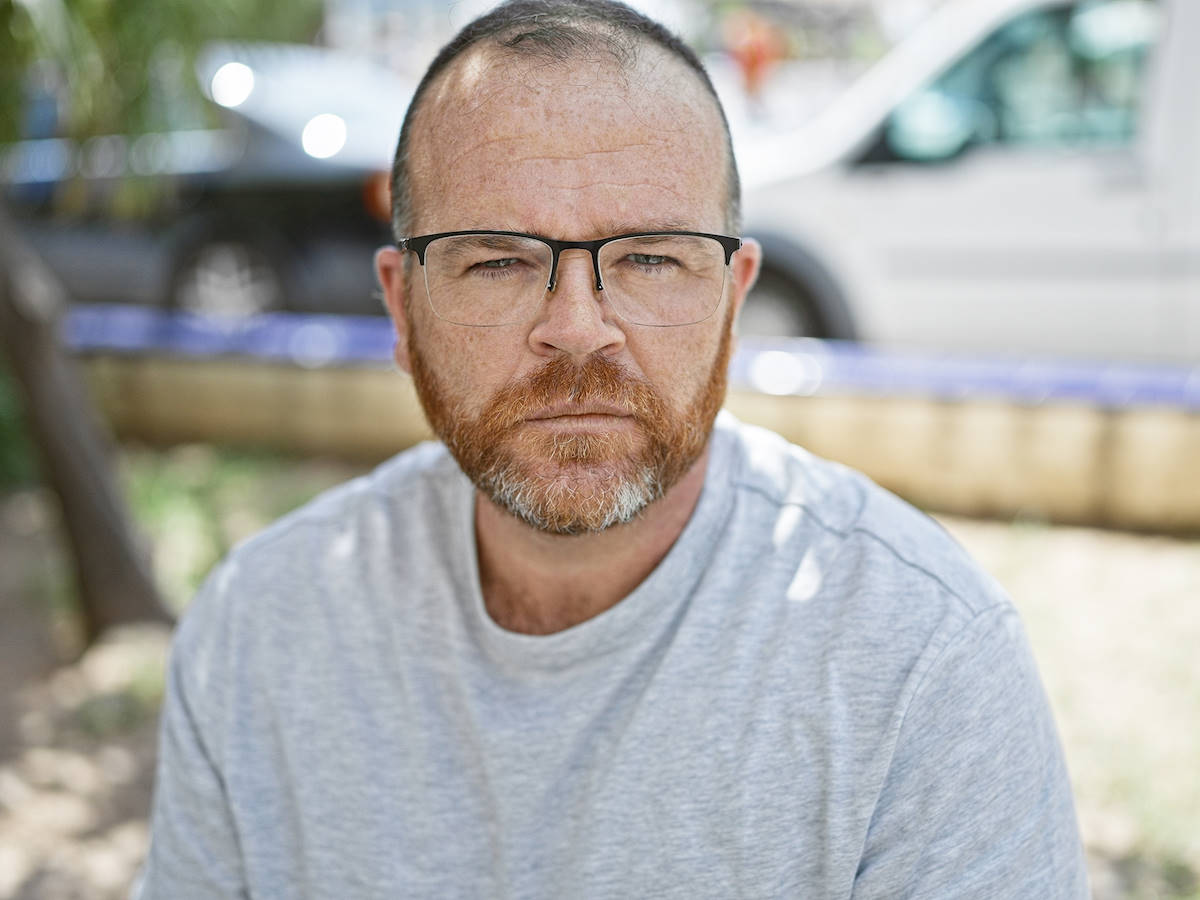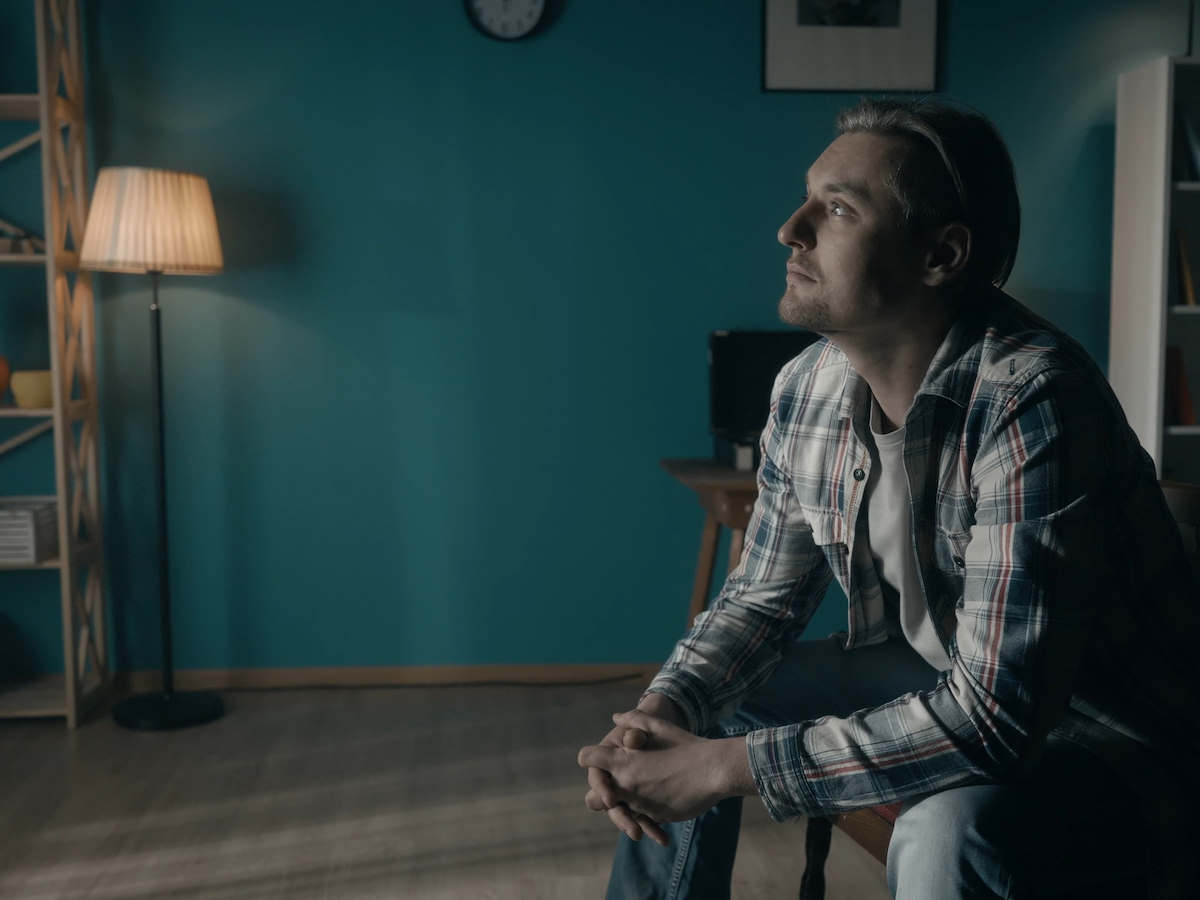Mental illness is a pervasive and growing problem throughout the United States. An estimated 23.1% of people ages 18 and older (or 59.3 million people) had mental illness in the last year, and 6% (or 15.4 million people) experienced serious mental illness that affected their daily functioning. Rates of mental illness seem to be on the rise each year and, unfortunately, show little signs of slowing down.
Thankfully, most mental illnesses are highly treatable with the right intervention, care, and ongoing support. Programs offer different levels of care so you can find an option that is right for you no matter your circumstances or situation. Choosing the right type of treatment for your needs is an important part of the treatment process. However, navigating the landscape of treatment options for mental health can be overwhelming, especially if you are unfamiliar with these levels of care.
How can you determine which type of mental health treatment is best suited for your needs? Start here to learn the differences between PHP, IOP, and outpatient mental health treatment. You can identify which may be best for you, find a program that meets those needs, and then reach out to begin your path to recovery and wellness.
Levels of Outpatient Care in Mental Health Treatment
There is no one-size-fits-all approach to mental health treatment; there are almost as many ways to treat mental health as there are mental health disorders. Everyone has a unique life experience that brought them to where they are today. The different levels of treatment provide various treatment modalities, weekly program hours, and more.
The four main levels of care in mental health treatment include:
- Inpatient/residential treatment
- Partial hospitalization program (PHP)
- Intensive outpatient program (IOP)
- Outpatient treatment
Inpatient treatment, also called residential treatment, is the most intensive level of care. It provides 24-hour care through full-time treatment programming during the week and living accommodations outside of treatment hours. People who attend inpatient treatment spend their entire time in treatment at the facility. It is a beneficial option for people with severe mental health disorders who struggle to handle their daily responsibilities.
PHP, IOP, and outpatient treatment are all outpatient treatment options. They offer varying numbers of treatment hours per week and do not include residential services outside of treatment hours. Some people opt for a full continuum of care that starts with inpatient treatment before transitioning to one of these outpatient options and others select an outpatient treatment program from the beginning.
What are the differences between your options for levels of outpatient care for mental health treatment?
What is a PHP (Partial Hospitalization Program)?
A partial hospitalization program (PHP) is the most intensive option for outpatient care. PHPs typically provide 20 or more hours of treatment per week, usually 4 to 5 days per week for 4 to 8 hours per day. It is essentially an inpatient treatment program but without the residential component or 24-hour support from a care team. Treatment modalities at a PHP may include options such as:
- Individual counseling
- Group therapy
- Family sessions
- Skill building
- Holistic treatment options
- Medication management
Some people transition to a PHP after completing an inpatient treatment program but others start with this slightly lower level of care. It offers a highly structured approach similar to residential treatment but with increased flexibility. PHP allows individuals who have responsibilities they cannot step away from for weeks or months at a time to still receive the high-quality mental healthcare they need.
Additionally, the lack of residential services makes it slightly more financially accessible than an inpatient treatment program. You receive the same intensive structure and support during the day which is beneficial for those with severe mental health disorders who lack the funds required to attend a residential mental health treatment program.
A PHP is a great choice for someone with a serious mental health disorder who needs a high level of care but cannot commit to an inpatient program. It can serve as the first level in a continuum of care for outpatient treatment services.
What is an IOP (Intensive Outpatient Program)?
An intensive outpatient program (IOP) is the second highest level of outpatient mental health treatment. It is organized similarly to a PHP with outpatient treatment services but no residential component. IOPs provide services 3 to 5 days per week for 2 to 3 hours per day, totaling 9 or more hours of treatment per week. IOP generally provides less intensive treatment modalities than PHP, focusing more on approaches like:
- Individual therapy and counseling
- Group therapy sessions
- Group activities
- Relapse prevention skills
IOP usually serves as a step down from inpatient treatment or a PHP, but you may find that starting with this level of care is enough to meet your mental health needs. They focus on teaching you to identify and manage the symptoms that address the mental health symptoms that affect you most. IOP also focuses on teaching you the coping skills needed to manage your daily life while working on your mental health disorder.
The fewer weekly treatment hours make IOPs an even more flexible option than PHPs. Programs often provide multiple sessions on different days of the week and times of the day which enables you to choose treatment hours that work best for you. You can balance existing responsibilities like work, school, or family with the mental health treatment you need. It also serves as a source of ongoing support as you learn skills during treatment that you can apply immediately to your daily life.
What is Outpatient Mental Health Treatment?
Outpatient mental health treatment is the lowest level of care for mental health treatment services. It is limited to a few hours per week and is best suited for those who have mild mental health disorders or who have already completed a program in a higher level of care, such as inpatient, PHP, or IOP.
Outpatient treatment typically consists of individual counseling sessions once or twice per week. Some programs also offer group therapy in addition to individual sessions. Outpatient mental health treatment is the most accommodating of your schedule because of its limited treatment hours and can be scheduled around whatever responsibilities you may have.
You should already have a stable support system in place and management of your symptoms before seeking outpatient mental health treatment. Your care team will not be as readily available as they will be in levels like PHP or IOP, but you still receive weekly support and a place to process and work through the more difficult aspects of your mental health journey.
Key Differences Between PHP, IOP, and Outpatient Treatment
Hopefully you have a better understanding of what each level of mental health treatment has to offer. The key differences between PHP, IOP, and outpatient treatment include:
- Intensity of care: Each level of care offers different numbers of weekly treatment hours and session frequency, with PHP providing the most and outpatient providing the least. PHP includes 20 or more hours, IOP includes 9 or more hours, and outpatient includes about 1 to 3.
- Level of supervision and support: PHP, IOP, and outpatient treatment each offer a lower level of supervision and support than inpatient, but PHP still has the most structured programming of all three options, and outpatient mental health treatment offers the least.
- Integration with daily life: The greatest advantage of outpatient treatment options is their integration with your daily life. PHP offers a blend of a highly structured treatment environment with the flexibility offered by outpatient treatment, while outpatient mental health treatment integrates most easily with your existing responsibilities.
- Cost considerations: There is no getting around the cost-prohibitive nature of some mental health treatment programs. No matter how badly someone may need mental health treatment, they may not have the funds available to pay for a full continuum of care from inpatient treatment to outpatient care. Outpatient mental health treatment is the most affordable option and PHP is the most expensive.
The Benefits of Local Outpatient Treatment
One of the best benefits of outpatient treatment programs is their ability to integrate with your daily life. Whether you select PHP, IOP, or outpatient mental health treatment, each level of care allows you to return home to your family in the evening. Depending on the program you select, you can even maintain your employment, stay connected with friends and family, and keep up with hobbies and activities outside of treatment hours.
Outpatient treatment programs are doubly beneficial because they connect you with a group of people in your immediate area who understand your struggles and are on the same path to wellness. You can develop relationships with people from your treatment groups and carry those friendships into life outside of your program.
If you’re a man in Southern California struggling with a mental health disorder, finding a local outpatient treatment program is an excellent option to find healing. You can receive the care you need while remaining present for your family and maintaining the work you need to support them. Outpatient programs like Into the Light can teach you to manage your mental health and equip you with the coping skills to build a healthy, happy, and fulfilling life.
Would you like to find out more about the treatment options available at Into the Light? Call us today at (877) 446-8685 or submit an online contact form to speak with an admissions specialist and determine which level of care and program is right for you.


